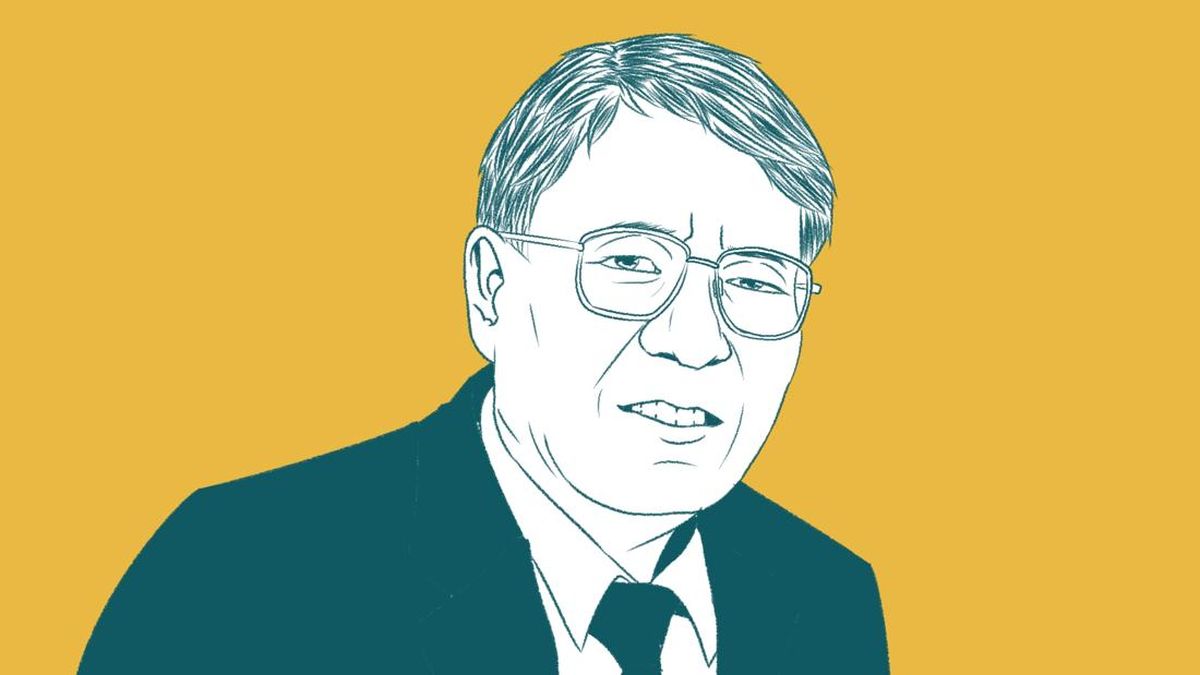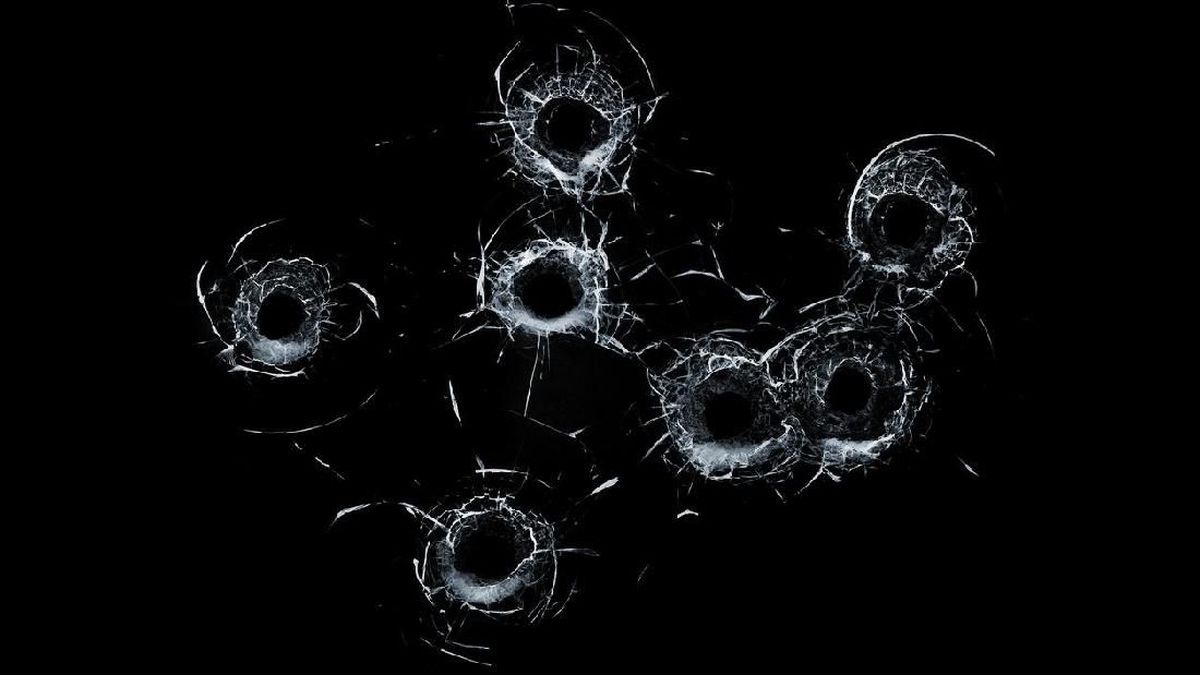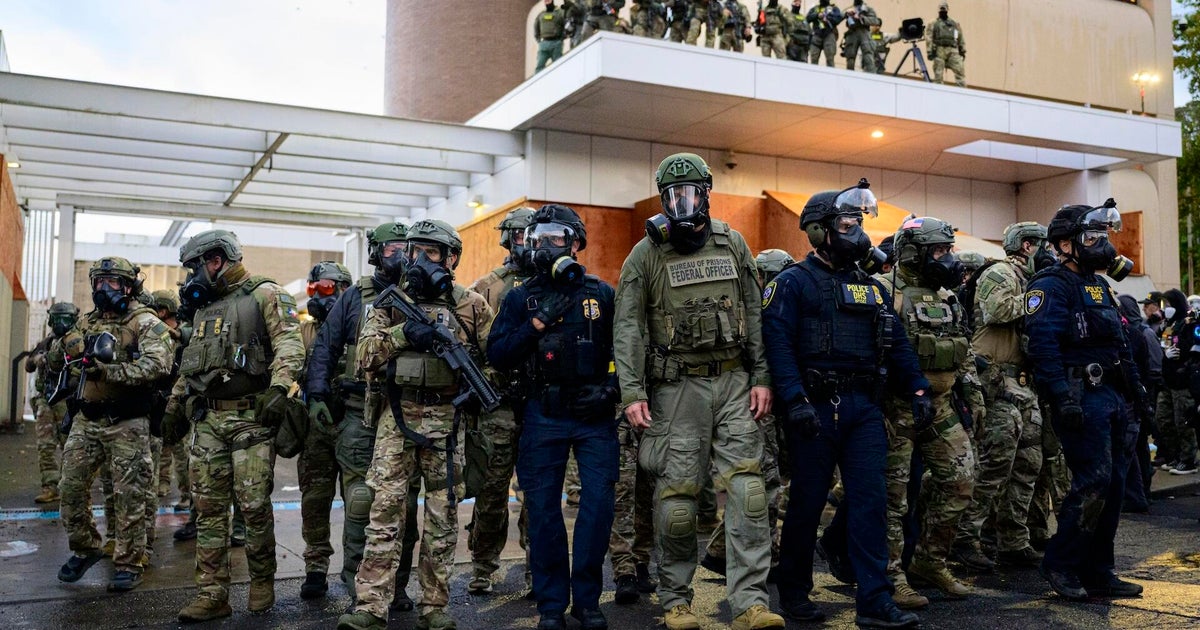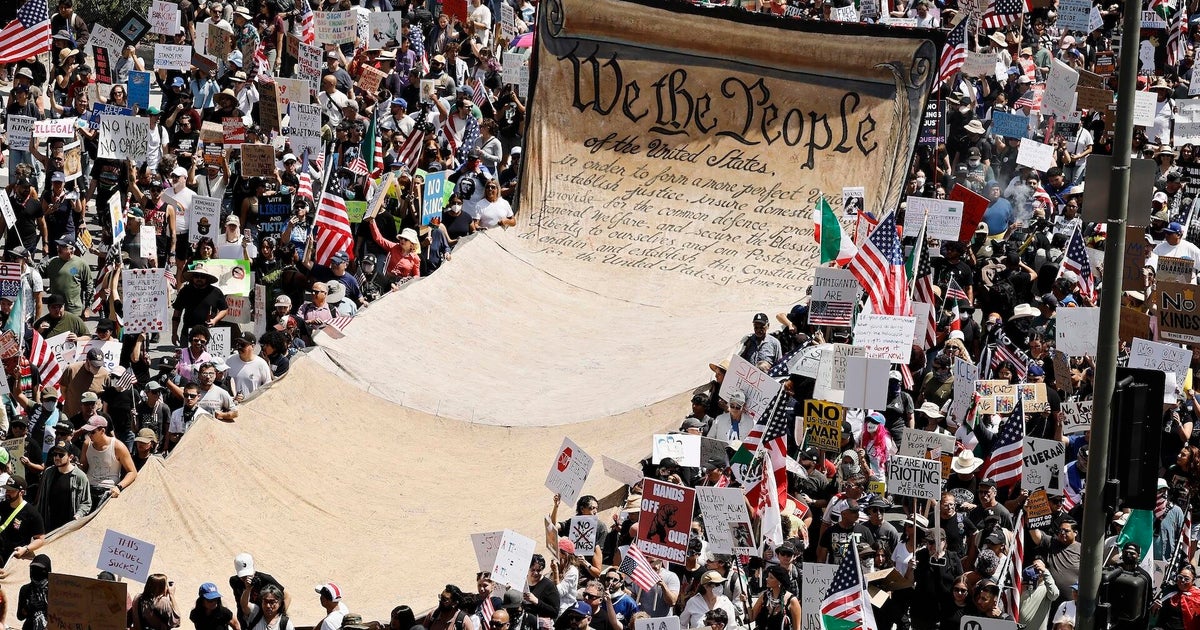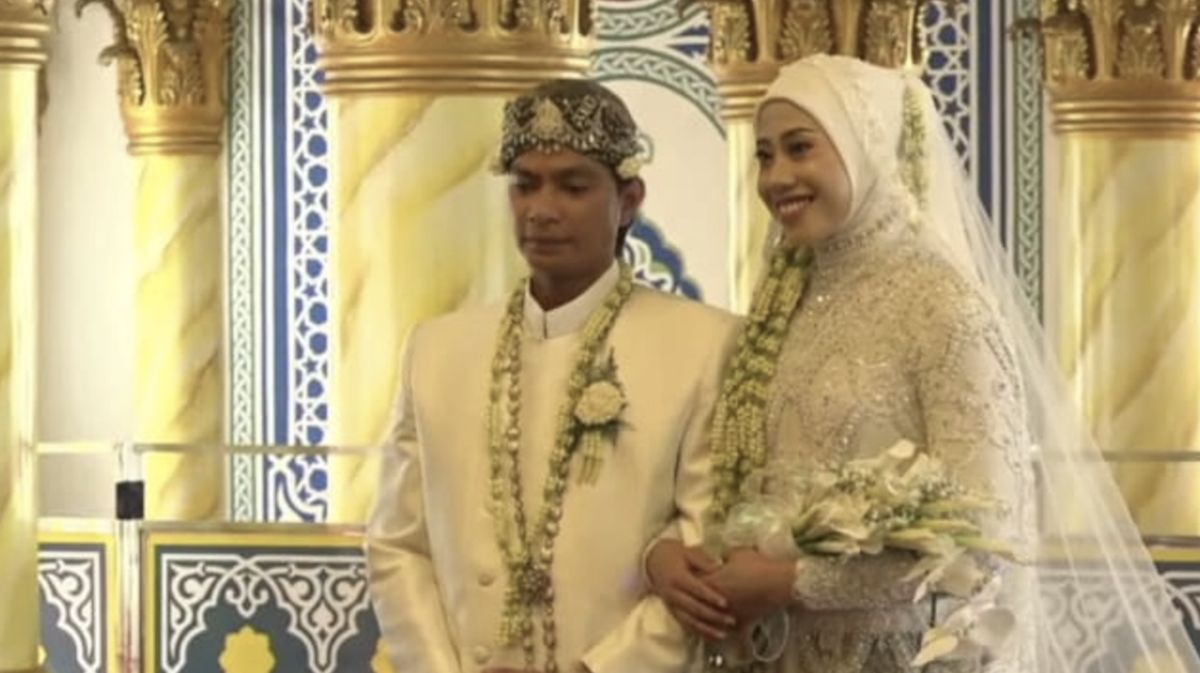Tokushima: Almost two centuries ago, at the height of Japan’s self-isolation from the outside world, word reached the feudal lords in Tokushima Castle on Shikoku Island that a foreign ship was lurking off the coast.
The local samurai leaders were deeply suspicious of the barbarians who “spoke gibberish” and had red curly hair and oval faces, recording the encounter in January 1830 in manuscripts that have been preserved to this day.
“Especially, it is suspicious that they dive off the stern and after a while climb back up and the like. It is abhorrent that they so mock us,” samurai artist Makita Hamaguchi recorded a local commander as saying.

A watercolour sketch of four convict “pirates” and their dog contained in a samurai manuscript recording the encounter with the Cyprus brig.Credit: Fred Mery
“Without doubt, they must be some kind of pirates and we should swiftly crush them.”
The barbarians were, in fact, a group of Australian convicts, being led by rapscallion captain William Swallow on a daring dash for freedom across the Pacific Ocean to Japan.
Five months earlier, in August 1829, the convicts had staged a mutiny on board the Cyprus brig, a colonial ship that had been transporting them from Hobart to the indentured labour hellhole of Macquarie Harbour in Van Diemen’s Land (Tasmania). The journey took them via New Zealand, the Chatham Islands and Tonga, and ended in China.
But it is their 11-day encounter with locals and samurai clans along the Japanese coastline, who eventually chased them off with cannonball fire – an episode largely forgotten and unsubstantiated until recently – that set the stage for a historical reunion in Japan on Thursday, commemorating what is now believed by some historians to be the earliest contact between Australia and Japan.
On the grounds of the Tokushima Castle museum, Tasmanian convict descendant Julie Findlay and her family swapped gifts with the descendants of the samurai officials who had led the efforts to expel the Cyprus pirates 195 years earlier, marvelling at the tale of maritime bravado that entwined their ancestors’ fates.
Findlay’s great-great-great grandfather John Denner, a 22-year-old blacksmith from Bristol, had been one of the youngest convicts aboard the Cyprus, and was serving a life sentence in Van Diemen’s Land for stealing wine at the time of the mutiny.
“It’s extraordinary to actually be here and to know that these are the people who are also descendants of this encounter,” Findlay says.

Tasmanian convict descendant Julie Findlay (centre) and her family pictured with descendants of the samurai who repelled the Cyprus.Credit: Fred Mery
“Seeing John Denner come to life, that has been the best bit.”
A puppet show performed by local Tokushima artists recreated the encounter and expulsion of the Cyprus for the descendants of those involved in the encounter. Back then, the convicts had offered the samurai an alcoholic drink as an attempted peace offering, but the samurai refused, according to one manuscript account.
“When we all waved our hands, each of them took a drink, tapped their head, appeared to feel good, and passed it to the next, until they had drunk it all,” the manuscript recorded.
In a tribute to changed times, boxes of Tasmanian Lark whisky proved the perfect gift for the samurai descendants, while the Findlays received a handwoven Noren (traditional Japanese cloth) dyed in the indigo hue famous to the Tokushima area.
“What was really an unexpected meeting at that time and then forgotten about has now become a symbol of curiosity, of resilience and now connection, or reconnection between our countries,” Australian consul-general in Osaka Margaret Bowen said at the event.
Organised by Australian journalist Tim Stone and his Japanese partner, Aya Hatano, both of whom have researched the Cyprus and tracked down some of the descendants, the event was attended by three samurai families, and 83-year-old Hayami Hiroyuki was among the relatives.
His ancestor, high-ranking samurai Hayami Zenzaemon, led the military charge to chase away the Cyprus from its last moored position, about 600 metres off the coast of the tiny island of Tebajima. He was acting on the orders of the isolationist edict of ruling Shogunate (government), which required all foreign ships to be repelled.
“At that time, Japan was under the sakoku [closed-country] policy,” says Hayami, whose family has preserved their delicate paper manuscript for generations.

An illustration of the Cyprus drawn by Hamaguchi Makita in 1830.Credit: Tokushima Prefectural Archives
“In the years that followed, Japan underwent great change during the closing days of the Edo period. It is unimaginable to think that, in this present age, we can now freely engage and interact with Australia – something our ancestors could never have foreseen.”
In total, there are eight manuscripts recording the events from the samurai perspective, which reveal that locals initially took pity on the convicts and gave them rice and water. One of the manuscripts, owned by the Hirota family, depicts what appears to be a boomerang – an object the samurai saw in the possession of the convicts but could not describe and so they drew it instead.
The mutiny of the Cyprus was infamous across the British Empire at the time, with ships dispatched throughout the realm to find the convicts and bring them to trial. A number of them were eventually captured in China, including the mercurial Swallow, who was known to be loose with the truth.
Swallow’s trial testimony about the encounter in Japan languished without corroboration until 2017, when The Guardian Australia published the findings of Nick Russell, a Japan-based British amateur historian, who began researching Tokushima’s maritime history after buying a holiday cottage on Tebajima.

The manuscript of samurai Hirota Kanzaemon recorded what appears to be a boomerang that was among the convicts’ possessions.Credit: Fred Mery
Something as mundane as a Google search led Russell to digitised records of the samurai manuscripts, which he translated to English, uncovering in the process what was almost certainly an account of the Cyprus’ passage to Japan.
As for Denner, it has been lost to history exactly what role he played in the mutiny, Findlay says.
“He either played a very minor role, as in he wasn’t part of it at all – his confession was that he was downstairs in the boat – but other confessions and other documents say that he held a musket,” she says.
What is known is that Denner escaped the hangman’s noose, as did Swallow, whose beguiling testimony captivated a London court, but not enough to avoid his being dispatched back to the colony.

Amateur historian Nick Russell on Tebajima island, off which the Cyprus was anchored in 1830.Credit: Fred Mery
Two other convicts weren’t so lucky, and became the last men to be executed for piracy in England. Another was hanged back in Hobart, while Denner spent the rest of his life in Tasmania, where he eventually secured his freedom, married and had two daughters. Three men disappeared completely in China, never to be heard from again.
For Stone, who grew up in Tasmania surrounded by convict history, researching the Cyprus has become an eight-year obsession since learning of Russell’s findings. It is one that has taken him across the globe, helped by government grants and the Churchill research fellowship, pouring through archives and family records, retracing the Cyprus’ journey, and hunting for its final resting place on the seabed somewhere off Hong Kong.
“These were amongst the most wanted men in the world. There were Royal Navy missions to try and seek them out when they didn’t find all of them,” Stone said.
Loading
“I realised there’s just so much left uncovered. Where are nine of the crew? Where is the ship itself? Those little mysteries, they’re the things that kind of keep me going.”
Get a note directly from our foreign correspondents on what’s making headlines around the world. Sign up for our weekly What in the World newsletter.
Most Viewed in World
Loading







